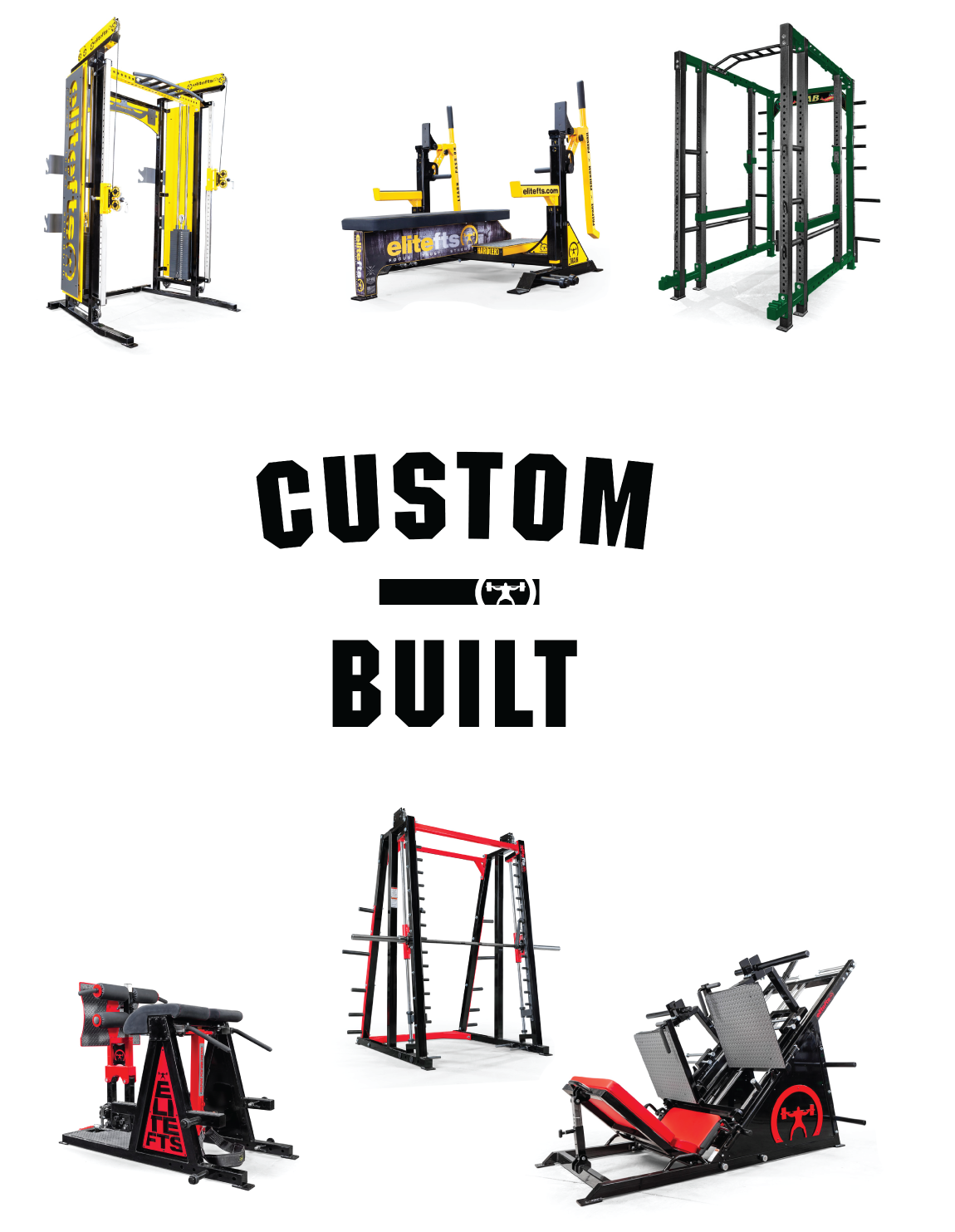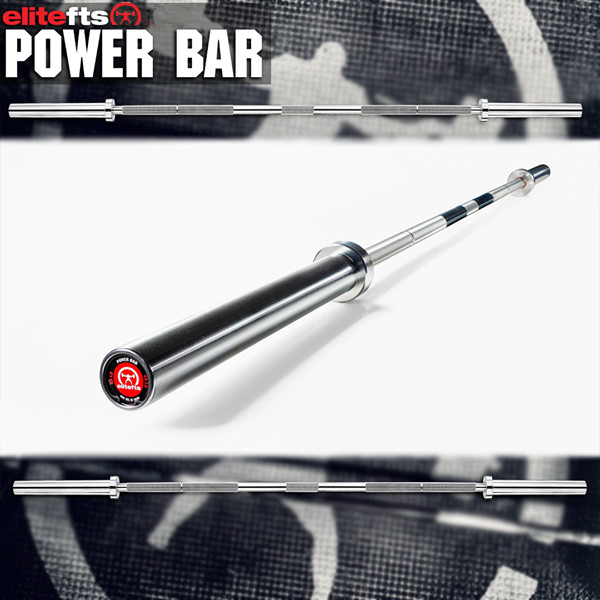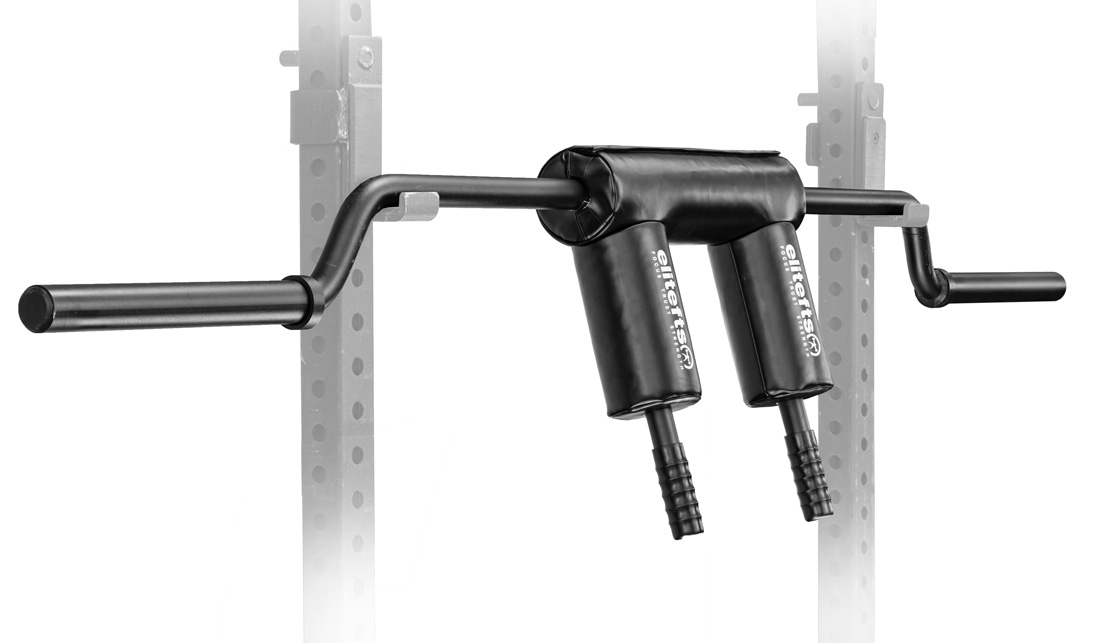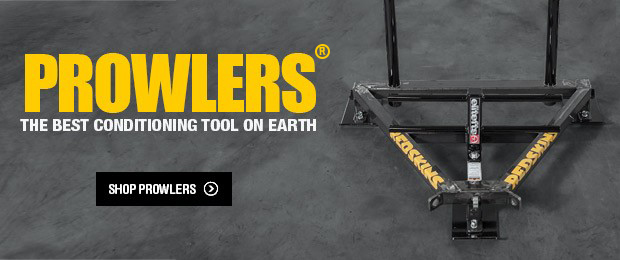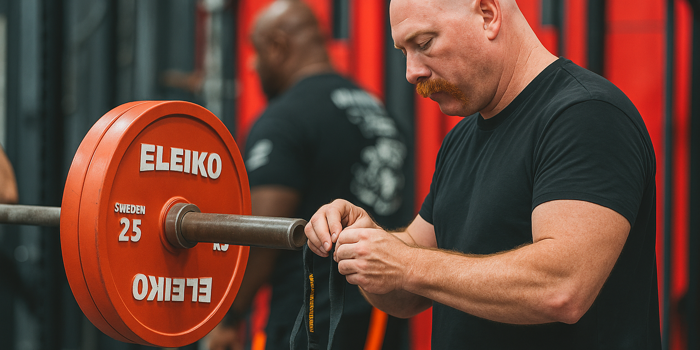
We all know how this goes…
You go through your 20s loving life, working out when you want, seeing results even if you were out until 2 a.m. that morning, just chugging protein shakes while watching your veins pop.
Your biggest worry was what you wore for beer pong that night and the flavor of your protein shake the next day.
That high-flying stage of life had its benefits—but it wasn’t built to last.
Truthfully, it’s why most men get stuck when trying to lose fat in their 30s and 40s.
Your body goes through cellular aging, which impacts the amount of macrophages cleaning up and recycling bad cells—key for recovery and immunity.
Then you get married, have kids, and land a stressful job. It all adds more wear and tear.
Most guys fall back on the “traditional” methods. But that’s like watching the Steelers try to dominate the run game with no offensive line—old thinking that doesn’t fit the current reality.
So here’s the truth: your old way of training won’t work like it used to.
The Four Types of Cardio You Need to Know
Cardiac Output Method
- 30–60 minutes steady-state at 60–70% HR (or 180 - age)
- Cyclical exercises
- Sample:
- EMOM 40:
- 45s Easy Run
- 45s Air Bike
- 45s Jump Rope
- 45s Med Ball Slams
- EMOM 40:
Mixed Modality Conditioning
- 20–30 minutes at 70–80% HR
- Cyclical + kettlebell/dumbbell work
- Work:Rest = 1:1 to 1:3
- Sample:
- 5 Rounds:
- KB/DB Complex: 5 Swings + Cleans + Thrusters
- Ski Erg x 12 Calories
- Rest 2 minutes or until HR = 110
- 5 Rounds:
High-Intensity Intervals*
- 15–20 minutes total
- Use low-resistance, sustainable movements
- Incomplete rest
- Sample:
- 5 Rounds:
- Air Bike 60s
- KB Swings 60s
- Row 60s
- Step-Ups 60s
- Rest 60s
- 5 Rounds:
Glycolytic Capacity Work*
- Boosts anaerobic capacity and glucose use
- 60–120s work, 1–2 min rest, 2–5 sets
- Sample:
- Every 4:00 x 5–6 Sets:
- 3 Sandbag Cleans
- 9 Cal Air Bike
- 12 No Push-Up Burpees
- Every 4:00 x 5–6 Sets:
*High-Intensity Intervals
High-Intensity Intervals aim to use a variety of sustainable exercises with incomplete bouts of rest after each round. The intent is to stimulate higher oxygen utilization and improve the aerobic abilities of fast-twitch fibers.
Notice that I used the word “sustainable. " When we think about movements that can be sustained for longer durations, we are not thinking about using locally demanding movements like push-ups or pull-ups that have high rates of peripheral fatigue. Most trainees will be limited by local muscle endurance, not their overall level of aerobic conditioning.
When we select movements, they need to be movements you could sustain for 30-60s without stopping.
*Glycolytic capacity work
This type stimulates an increase in the buffering mechanism involved with allowing anaerobic glycolysis to continue. This work also increases glucose storage and utilization potential. A wide variety of exercises can be used, from sprints to plyometrics, but I tend to favor global patterns such as running, thruster, and burpees(if they can be done safely).
Common Mistakes Dads Make
You get fired up by Goggins, then jump into 75 HARD or P90X. Or you hop on the elliptical for 40 minutes, then do a few machine exercises.
While combining cardio and strength isn’t wrong, it needs to be done with intention.
You can use both in the same workout—you just have to be strategic.
Start With Your Health Markers
Check these before jumping into any intense training:
- Lipids
- Stress
- Sleep
- Glucose
- Free Testosterone
- Free T4/T3 and Reverse T3
- SHBG
- LH and FSH
- Estrogen
- Cortisol
- CRP
- Vitamin D
- Iron
You don’t need to be perfect. But if your stress is high or hormones are off, trying to train hard will feel like fighting an uphill battle.
From mood swings to gut issues and poor sleep, unchecked health markers affect everything from recovery to metabolic rate.
Start here.
Block Training That Matches Your Goals
Use training blocks to target different adaptations:
- Endurance: Higher reps, shorter rest, circuits, no failure
- Hypertrophy: 8–10 reps, push to failure, longer rest, more stability
- Max Strength: 3–5 reps, more sets, compound lifts + accessories
- Power: 3–8 reps, fast/explosive reps, shorter sets
- Athlete: Plyos, coordination, stamina, glycolytic work
- Rest/Repair: Vital after 35—gives your body time to rebound
A Weekly Routine That Works
Split Options:
- Push/Pull/Legs
- Upper/Lower
- Full Body (ideal for 35–55)
Sample Week (45 min/day, 5 days):
- Mon/Wed/Fri: Full Body Strength
- Tue: Cardiac Output
- Thu: High-Intensity Intervals
- Sat: Off / recovery
- Sun: GPP or Ruck Hike
This gives you 3–4 hours of weekly training with cardio under 30 minutes per session.
Pressed for time?
- Train 3x/week with full-body + cardio finishers
- Or cycle: 2 months strength / 1 month cardio
Consistency matters most.
Treadmill TV Isn’t the Answer
Most dads feel less empowered when walking on the treadmill and watching the cooking channel.
Make cardio time build toughness—and keep it interesting.
Use the principles above and treat cardio like a side dish that supports your strength work.
Final Thought
Your progress starts with recovery.
When you prioritize healing, everything else—cardio, strength, fat loss—gets easier.
Medical Disclaimer: This article is for informational purposes only and does not constitute medical advice. Always consult your physician before beginning any diet, supplement, or exercise program.
Mike Over is a NASM master trainer and owner of Over-Achieve Fitness in Pennsylvania. He works with hundreds of everyday gym-goers and athletes of all levels.



